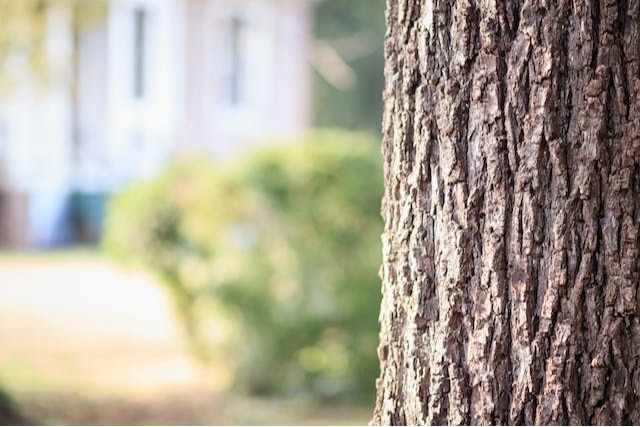How to Save a Storm Damaged Tree
Storms along the Front Range can be severe, no matter the season. During the spring and fall, windstorms can break limbs and damage trees quickly. During the winter, heavy snow and ice can cause branches to break and even hurt the tree so severely that it needs to be removed. Though some trees will be damaged beyond repair, some can often be saved with help from an experienced tree trimming team. Here are a few things you’ll need to do to help your storm-damaged tree thrive.
Remove Debris Around the Trunk
Debris around the tree may not seem like a big deal, but the bigger branches and limbs can actually threaten the safety and health of the tree in the long term. Their weight can compress the soil and make it so the roots can’t breathe and pull up nutrients from the soil. Over time, this can result in underwhelming growth and if it’s severe, can lead to premature death.
Instead of leaving the limbs and branches in place, pick them up if you can. If the limbs are too large for you to safely remove on your own, schedule an appointment with your tree care team and let them help.
Schedule a Professional Inspection
Understanding the full extent of the damage is essential if you want to help your tree recover and the best way to assess the damage is to schedule an appointment with your plant health care specialist. They’ll be able to assess the damage and help you determine if the tree can be saved. If it can, they can develop a plan to bolster the tree’s health and help it rebound faster.
Trim Your Damaged Tree
After severe weather, you may need to trim the tree to help it recover faster. Doing so helps to get rid of damage and ensures that the tree can recover more easily. Keep in mind that it’s best to leave the tree trimming to an expert. Pros know how to trim trees in a way that helps them grow and won’t damage the rest of the tree in the long run.
Watch for Signs of Distress
Once you’ve done the initial prep work to set your tree up for a successful recovery, you’ll still need to watch for signs of distress, especially during the main growing season. Look for underperforming growth, unexpected and premature leaf drop, and inspect your tree for pests often. If you notice anything of concern, contact your plant health care specialist and let them know.
Worried About a Tree on Your Property?
If you have a damaged tree on your property, don’t let it sit and see if it recovers on its own. Be proactive and use these tips to give your tree the best chance at recovery. With help from an experienced plant health care specialist from Root Tree Service, you’ll be able to help your trees recover from storm damage. And if they’re too damaged to survive, our team can safely remove them from your property. Contact us today to schedule a consultation.
Go Back Remove Debris Around the Trunk
Debris around the tree may not seem like a big deal, but the bigger branches and limbs can actually threaten the safety and health of the tree in the long term. Their weight can compress the soil and make it so the roots can’t breathe and pull up nutrients from the soil. Over time, this can result in underwhelming growth and if it’s severe, can lead to premature death.
Instead of leaving the limbs and branches in place, pick them up if you can. If the limbs are too large for you to safely remove on your own, schedule an appointment with your tree care team and let them help.
Schedule a Professional Inspection
Understanding the full extent of the damage is essential if you want to help your tree recover and the best way to assess the damage is to schedule an appointment with your plant health care specialist. They’ll be able to assess the damage and help you determine if the tree can be saved. If it can, they can develop a plan to bolster the tree’s health and help it rebound faster.
Trim Your Damaged Tree
After severe weather, you may need to trim the tree to help it recover faster. Doing so helps to get rid of damage and ensures that the tree can recover more easily. Keep in mind that it’s best to leave the tree trimming to an expert. Pros know how to trim trees in a way that helps them grow and won’t damage the rest of the tree in the long run.
Watch for Signs of Distress
Once you’ve done the initial prep work to set your tree up for a successful recovery, you’ll still need to watch for signs of distress, especially during the main growing season. Look for underperforming growth, unexpected and premature leaf drop, and inspect your tree for pests often. If you notice anything of concern, contact your plant health care specialist and let them know.
Worried About a Tree on Your Property?
If you have a damaged tree on your property, don’t let it sit and see if it recovers on its own. Be proactive and use these tips to give your tree the best chance at recovery. With help from an experienced plant health care specialist from Root Tree Service, you’ll be able to help your trees recover from storm damage. And if they’re too damaged to survive, our team can safely remove them from your property. Contact us today to schedule a consultation.
